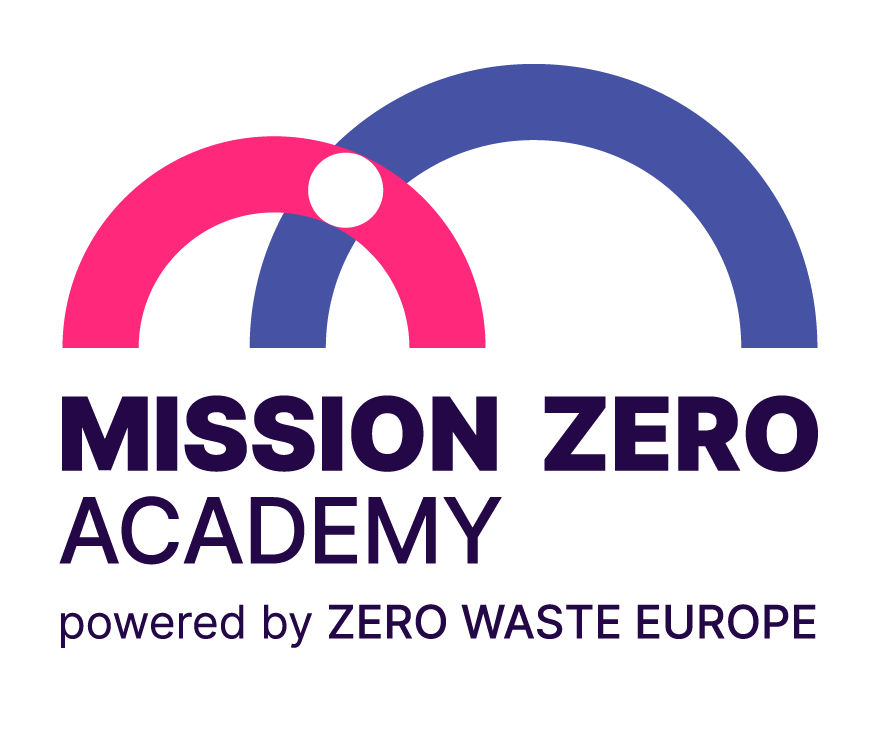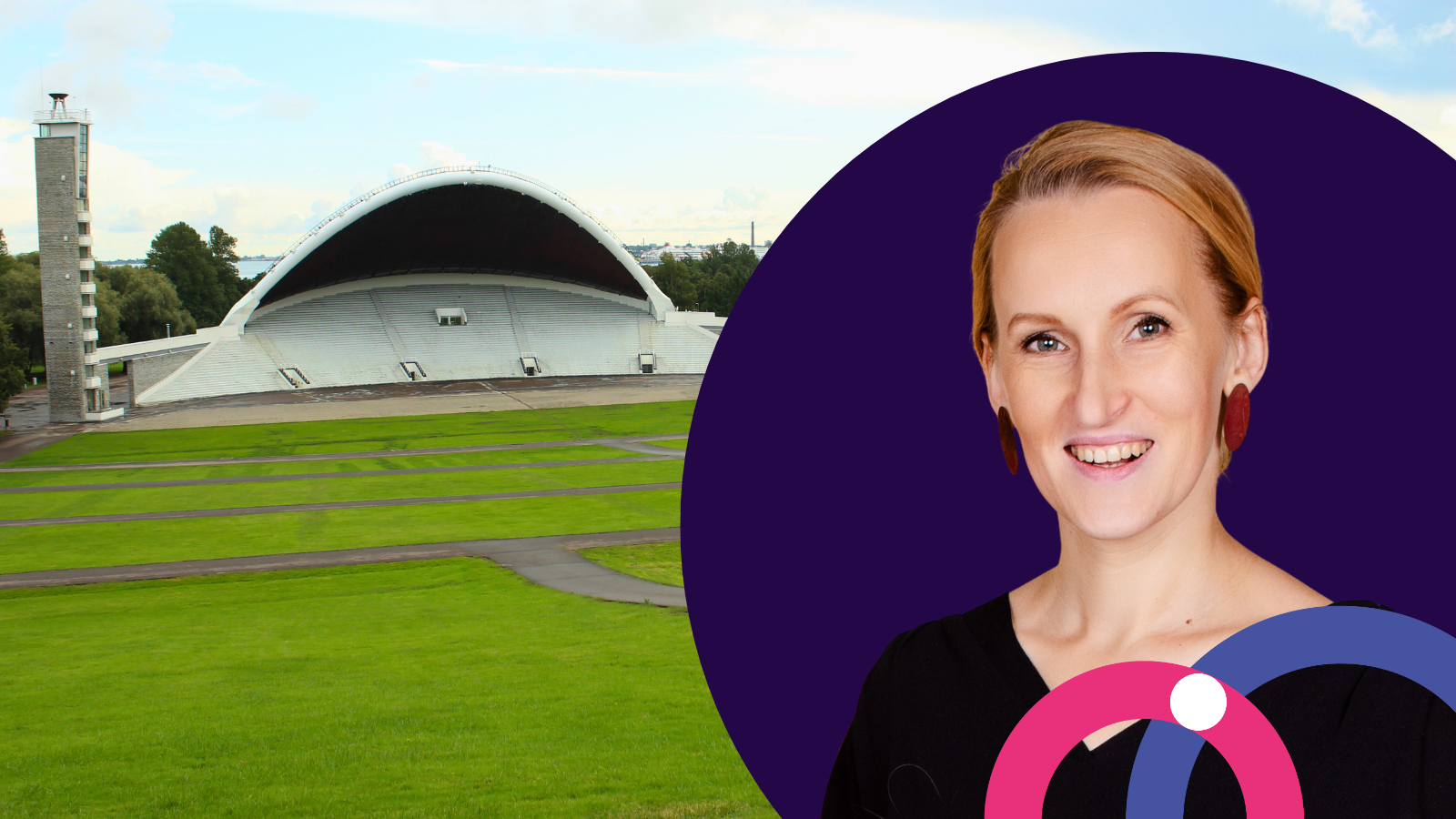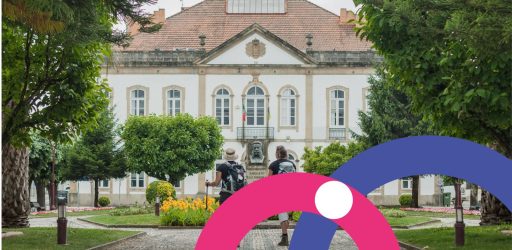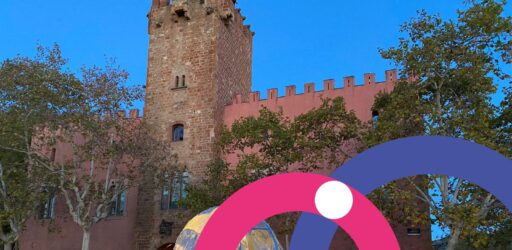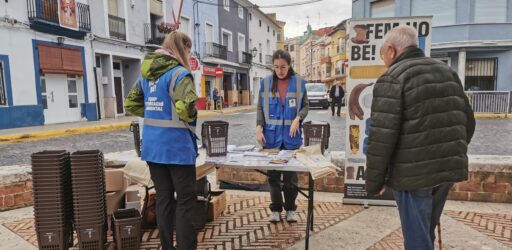The Song and Dance Festival in Estonia is a massive cultural event that involves choirs, dance groups, and a significant portion of the Estonian population. With up to 133,000 participants, it is one of the most important choral events in the region. It holds profound cultural and historical significance for Estonia. The festival is split into two main events: The Dance Festival, with performances of folk dances, and the Song Festival, with a large concert of choir songs. The event lasts about a week and brings participants together from all over the country to one outdoor venue. This is a remarkable event in Estonia, where the population is around 1.3 million. The festival is essentially state-organized. The Estonian Song and Dance Festival Foundation, founded by the Republic of Estonia, brings together people from all walks of life across the country.
In this driving change interview, we sit with Kristiina Kerge, the Tech Innovation Lead and Policy Manager at Let’s Do It Foundation in Estonia. She shares her valuable insights into the festival’s journey as it transitioned towards becoming a zero waste event. With her background in IT project management and active involvement in policy work, Kristiina provides a unique perspective on the challenges and successes of this remarkable sustainability endeavor. From inspiring beginnings to key initiatives and the role of communication, this interview explores the festival’s path to reducing waste and offers advice for others considering a similar journey.
To start our interview, Kristiina, please tell us a bit about yourself and your background.
My name is Kristiina Kerge, and I serve as the Tech Innovation Lead and Policy Manager at the Let’s Do It Foundation in Estonia. I am an expert in IT solutions with positive environmental and social impact. For the past 13 years, I have contributed to the growth of several environmental initiatives and digital solutions like Let’s Do It Foundation’s digital tools for waste mapping – an AI tool, WADE, and a mobile app (2016-2019). In 2020, I co-founded the company Acento to offer a complete solution for events to organize them more sustainably. Combining sustainability challenges with smart technology and practical solutions is my passion.
I’ve also been actively engaged in policy work related to the single-use plastic directive. This involved tasks such as mapping the current status of Estonian retailers for a report conducted in Europe. This experience has given me valuable insight into policy work, understanding the regulations, and observing their implementation within the local legislative environment. It’s a part of my job that I’ve genuinely enjoyed.
Can you tell us about the festival’s journey towards becoming zero waste? What inspired this transition?
This festival, one of the largest in Estonia with around 133,000 attendees, embarked on its journey towards sustainability after a critical moment in 2019. One of Acento’s co-founders, Raimo, was part of the 2019 event-organizing team and envisioned organizing the next one with a stronger focus on sustainability. How can we do better and reduce waste generation?
The organization responsible for the festival, which oversees the song and dance celebration, had allocated a budget for such initiatives. They reached out to us in November 2021, following a comprehensive training session we conducted for their entire team on what sustainability means in event management . The event leaders recognized the importance of ensuring everyone was on board and aligned with the mission from day one, even before the planning phase.
We played a pivotal role in shaping their systematic approach. We helped them grasp the concept of environmentally friendly event management and the factors to consider. We conducted a workshop for their entire team, facilitating an open dialogue where they shared their thoughts and ideas. During this process, we helped them distinguish between facts and myths through various exercises. The main focus became waste reduction, as an achievable goal (compared to other sustainability areas).
The team quickly realized what was visible to them, prompting inquiries such as the trade-offs of washing reusable dishes considering the water and cleaning agents required. We provided insight into the entire lifecycle of each item, from production to usage and the eventual disposal phase. This was an eye-opening experience for them, mainly when it came to the use of reusable dishes.
Transportation was another significant topic of discussion. We emphasized the sustainability aspect of transporting reusable dishes to and from the cleaning area compared to the long journeys single-use items often take before reaching the end users.
What were the major challenges the festival faced in implementing zero waste practices, and how did you help overcome them?
Initially, the festival organizers had some concerns, and it’s quite understandable given the scale of the event – 133,000 visitors – with separate catering arrangements for visitors and performers. This required addressing two key areas.
For the visitors’ catering, the first challenge revolved around public procurement to secure caterers. The fear was that caterers might be hesitant to participate if they had to follow the separate waste collection rule and use reusable equipment. This was partly because many caterers were unfamiliar with this approach and might have anticipated added operating costs. To tackle this, our role was to provide them with data, emphasizing that separate waste collection had been a mandatory practice in Estonia for at least the past decade. We established an open channel of communication between our team and the suppliers, maintaining this dialogue throughout the entire planning process. We offered proactive consultations and support on how to establish and implement various zero waste initiatives.
To reinforce this, we organized two separate seminars for the caterers and traders to address any questions or concerns they might have had. Effective communication played a pivotal role in keeping all stakeholders informed and engaged.
Another significant challenge was associated with the public procurement process itself. With reusable dishes and a strict waste policy, we introduced a new concept for Estonia, which required negotiations with various service providers regarding reusable dishes.
Given the event’s size and the necessity to cater to a large crowd, this narrowed down potential providers to a select few. We facilitated open conversations between them, identifying what was feasible and what was not. We discussed the ideal vision of a zero-waste festival and what was realistically achievable. We supported The Estonian Song and Dance Festival Foundation in compiling the procurement documentation, which received two offers.
Waste management procurement presented its own set of challenges. As mentioned, Estonia mandates separate waste collection, but this practice is not uniformly observed everywhere. In the context of waste management, two primary concerns emerged: separate waste collection and bin emptying, as well as the comprehensive cleaning of the event area, including toilets and festival grounds. These two distinct services were intertwined, creating a sizable task for the supplier.
We arranged a pre-festival site visit. During this visit, we conducted a walkthrough of the entire location, explaining the plan and logical placement of waste collection points. The site visit assured at least one company that the project was manageable, prompting them to submit an offer.
As a result of reusable dishes, the event site remained exceptionally clean, and attendees expressed pleasant surprise at the lack of litter. The waste report from the waste management company showed that three times less mixed waste was generated during the event compared to the 2019 event; notably, the primary waste generated by visitors included candy and ice cream wrappers, along with disposable raincoats, a challenging element to foresee given the unexpected heavy rain on that particular day.
While it’s true that there aren’t many service providers available in Estonia for an event of this magnitude, effective communication and training played a crucial role in aligning them with the zero waste approach.
In terms of the budget, we secured partial funding from the Tallinn city government to cover costs associated with the use of reusable plates.
Could you share some key initiatives or strategies that were instrumental in reducing waste at the festival?
All food and beverages were distributed using reusable dishes and cutlery, with a deposit system in place. When visitors received their food or drinks, a deposit was charged, and they could reclaim it upon returning the dishes.
Extensive communication efforts were also conducted both on-site, targeting visitors and caterers alike. During the planning phase, it’s common for the management team to be deeply involved in the project. However, often, the significance of conveying guidelines to the on-site team for the event day is not fully realized. To address this gap, we ensured that we had a dedicated team on-site, providing continuous monitoring and support for the implemented initiatives.
On-site, we employed a clear communication strategy, incorporating pictograms and signage at waste collection points for the benefit of both visitors and suppliers. To enhance awareness, we added messaging explaining why zero-waste initiatives were integrated into the festival, further educating attendees.
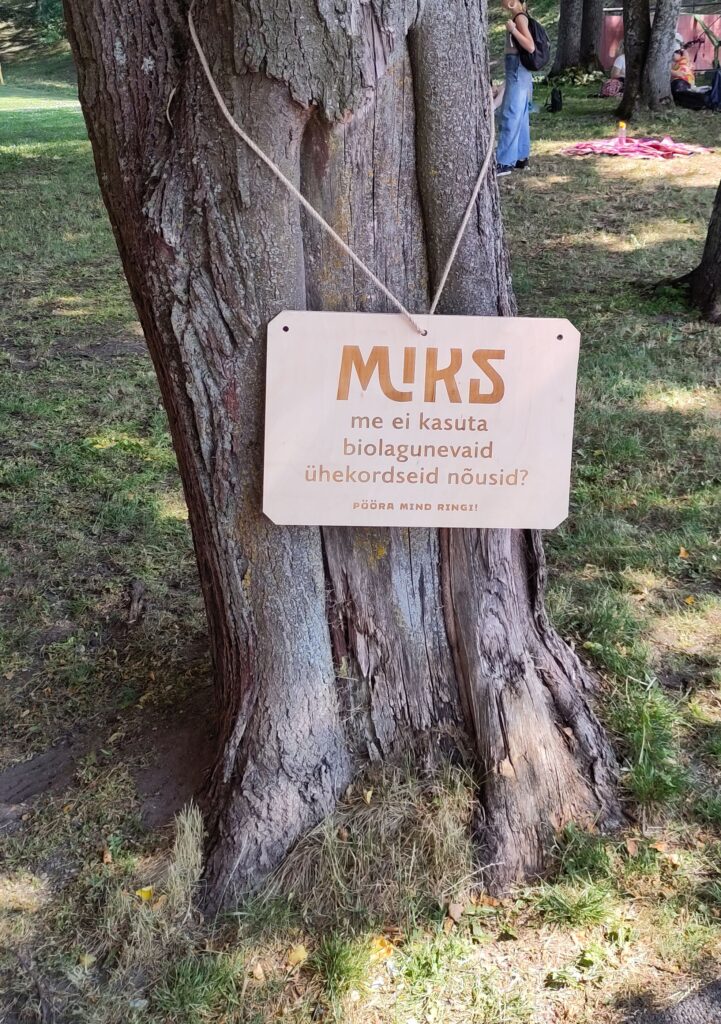
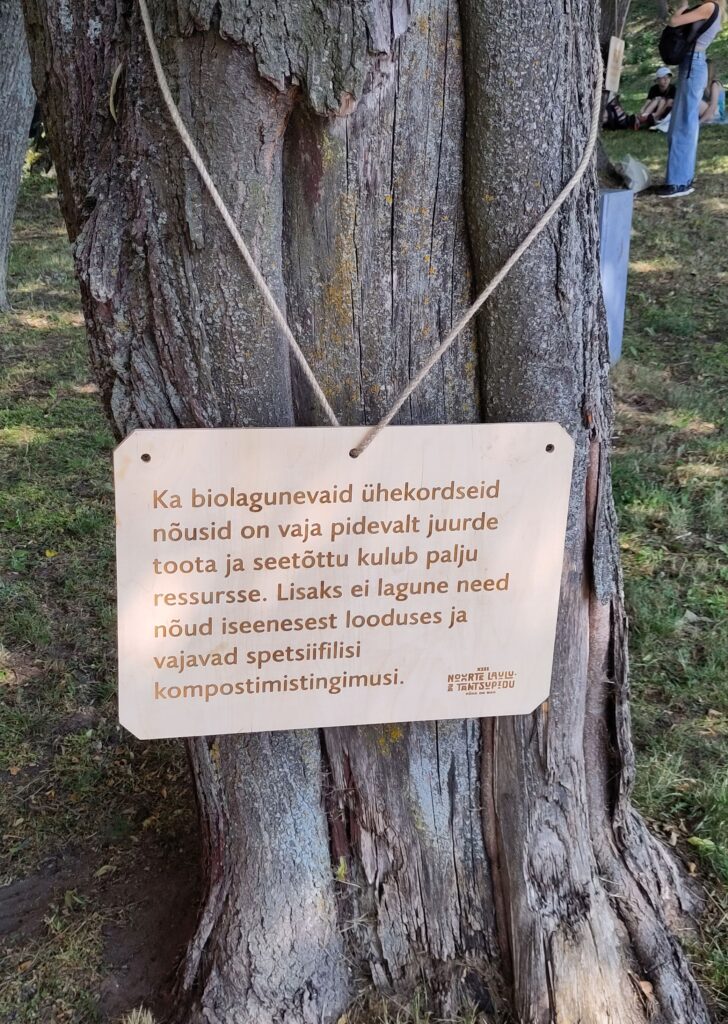
In terms of recycling and waste diversion, what were some of the most innovative solutions or practices introduced during this transition?
Throughout the festival, our team was present on-site, with responsibilities divided among various festival sections, including performers, catering, and waste collection. There was also a team of Green Ambassadors who actively guided visitors in properly disposing of their waste by directing them to the appropriate bins.
In the lead-up to the event, effective communication played a vital role. Two weeks before the festival, the organizers, with our support, extensively promoted the zero waste initiatives through the media, garnering significant attention and support for our efforts.
How did you engage festival-goers and vendors in the zero waste initiative? Were there any memorable success stories?
From the visitors’ perspective, we received positive feedback about the cleanliness of the festival grounds. When we ventured onto the grounds ourselves the day after the festival, we were pleasantly surprised, and the transformation was evident.
As for the caterers, they generally expressed satisfaction with the use of reusable dishes during the event. To share a little anecdote, during our festival tour, we noticed one caterer still displaying their single-use plastic cups as a promotional tool. They were concerned that their logo on giant banners might not suffice for promotional purposes that day. However, once we brought this to their attention, they promptly stowed away the cups. It was a funny reminder that sometimes, old habits die hard.
Were there any unexpected benefits or positive outcomes for the festival as a result of going zero waste?
Looking back, if we had the opportunity, we would streamline the cleaning team’s size. Frankly, we didn’t anticipate waste reduction on this scale during that particular edition.
Initially, there were concerns about the return points. What if queues became too long for visitors to reclaim their deposits, potentially creating a negative impression? In practice, everything ran smoothly. We had planned enough staff for the points and strategically placed clear signs guiding visitors to deposit return locations. Some festival-goers opted to use the same cup throughout the day, and the €2 deposit didn’t pose any significant issue.
The introduction of reusable dishes gathered substantial positive media coverage for the festival, including support from the City Government of Tallinn. They even shared a significant amount of festival-related content on social media to promote this innovative initiative further.
Sustainability often comes with cost implications. How did you manage the budget while making these changes, and did you see a return on investment?
They demonstrated no room for festivals to make excuses when using reusable dishes and cups. Their management of this aspect was not only highly successful but also aligned with the mandatory use of reusable containers.
This synchronization signifies the synergy between the policy work conducted by the Let’s Do It Foundation and the practical implementation undertaken by Acento and other private companies at festivals and events. They’ve unequivocally proved that the transition to a zero waste model is entirely achievable.
What advice would you give to other festivals or events considering a similar zero waste journey?
Starting the journey is quite easy. What is more tricky is the consistency. It does not stop from one year to the next. You need to identify the points of improvement and effective solutions to address those.
As a consultant, don’t name and shame. Provide guidance and materials to educate organizers on solutions and debunk common misinformation on zero waste initiatives.
Motivation and goals are important, but a map with different achievable milestones is equally important. Data is important. Who will monitor the changes, and who will collect the information? You cannot set milestones if you do not know where you are starting from.
Have you learned anything from your on site experience?
I’ve discovered that people can be incredibly creative and passionate about their areas of expertise. What I aspire to do is harness this creativity and passion to transition their businesses toward more sustainable practices.
Looking ahead, how do you envision the future of festivals and events in terms of sustainability and waste reduction?
I don’t really see any big roadblocks for festivals or events when it comes to stepping up their waste management game and creating a sustainable space for folks to enjoy their dance, music, or books. We just need to rethink what makes a festival environment tick and what it takes to stir up those emotions.

